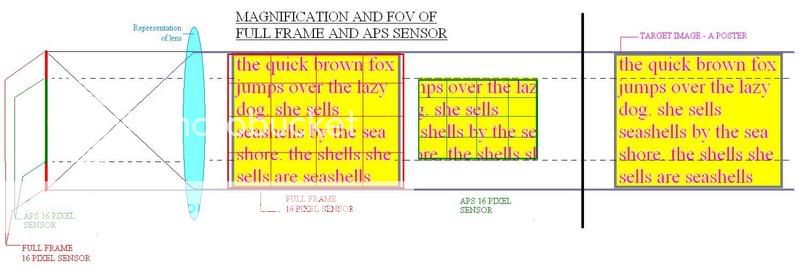I posted this question in Nikon section. As it's related to general photography, so I think it would be good to post it here as well.
I've a few questions regarding DX lenses and hyperfocal distance.
1. As I know DX lenses are designed for APS sensor on Nikon dslr. I'm using Nikon D40. When looking at the focal length scale on the lense, do I still need to multiple that with 1.5? Or the focal length on the lense has been adjusted for 1.5 magnification factor? e.g. When I turn to 35mm on the lense, does it mean the actual focal length is 35 * 1.5 = 52.5mm? or this 35mm is already the actual focal length?
2. This question is actually related to the 1st question. I've a hyperfocal distance chart based on nikonians.org that shows for me all hyperfocal focus points for a given focal length and aperture. According to the chart, at 35mm and f/11, the hyperfocal distance is 5.45m. My question is should I turn the lense to 35mm or 52.5mm (35mm * 1.5) for this hyperfocal distance?
3. This question was brought forward by another forum member. For "1/focal length rule" to prevent image blur because of camera shake, should we multiply the focal length on the lense with 1.5?
I've a few questions regarding DX lenses and hyperfocal distance.
1. As I know DX lenses are designed for APS sensor on Nikon dslr. I'm using Nikon D40. When looking at the focal length scale on the lense, do I still need to multiple that with 1.5? Or the focal length on the lense has been adjusted for 1.5 magnification factor? e.g. When I turn to 35mm on the lense, does it mean the actual focal length is 35 * 1.5 = 52.5mm? or this 35mm is already the actual focal length?
2. This question is actually related to the 1st question. I've a hyperfocal distance chart based on nikonians.org that shows for me all hyperfocal focus points for a given focal length and aperture. According to the chart, at 35mm and f/11, the hyperfocal distance is 5.45m. My question is should I turn the lense to 35mm or 52.5mm (35mm * 1.5) for this hyperfocal distance?
3. This question was brought forward by another forum member. For "1/focal length rule" to prevent image blur because of camera shake, should we multiply the focal length on the lense with 1.5?



